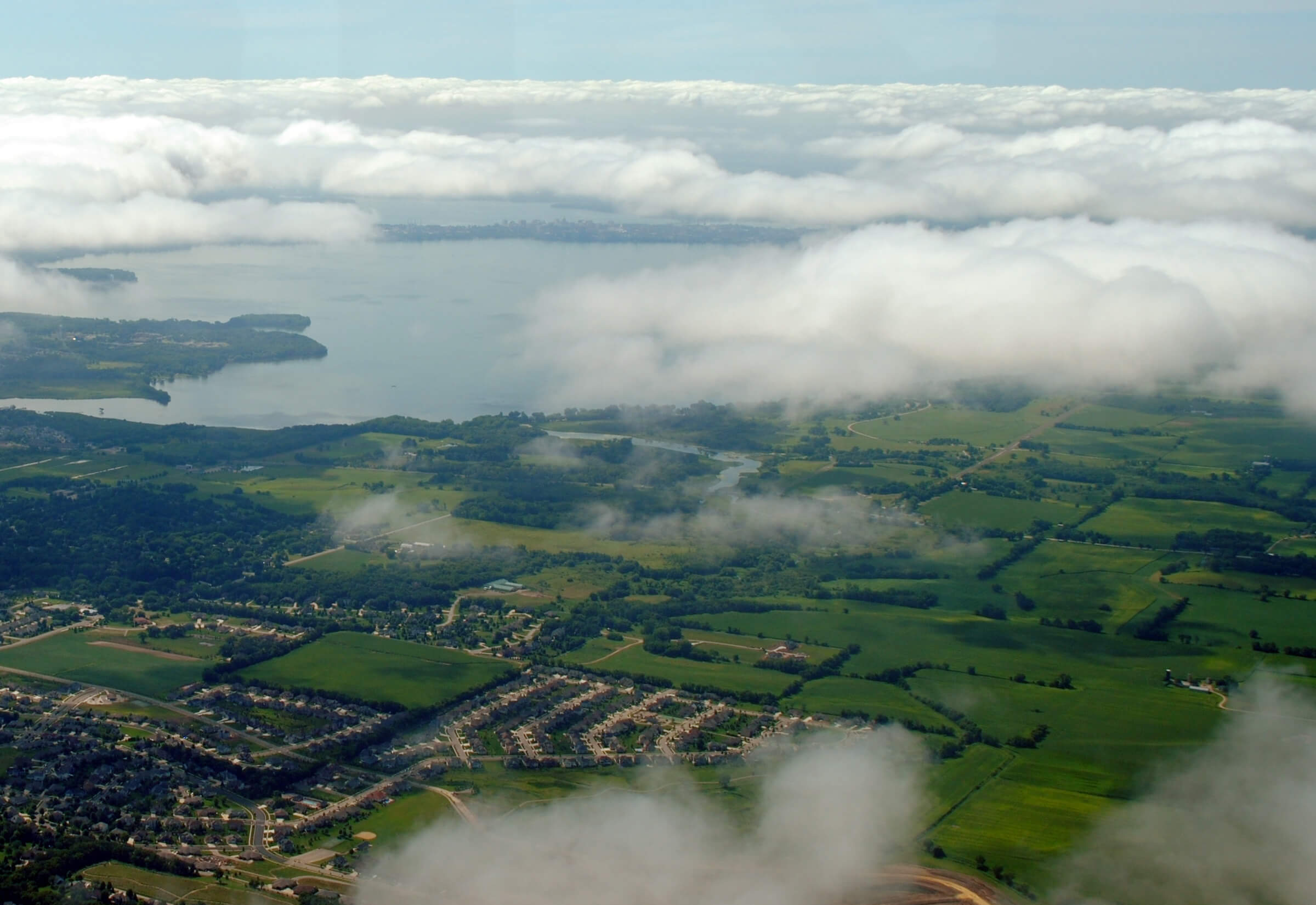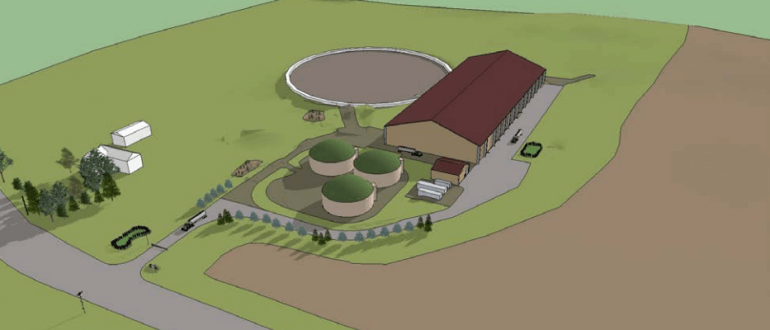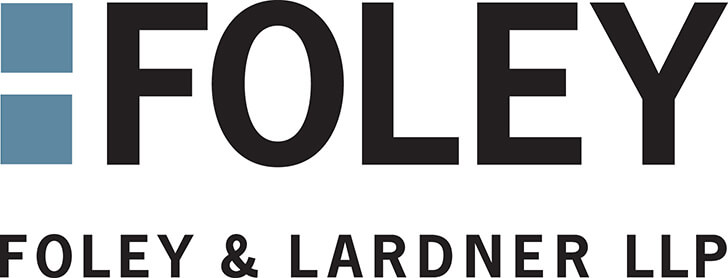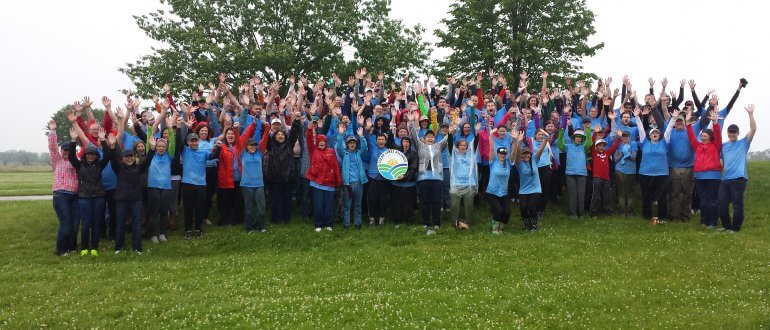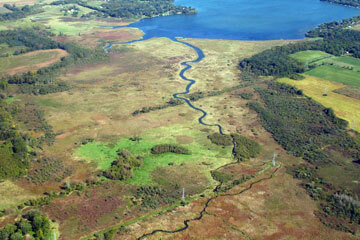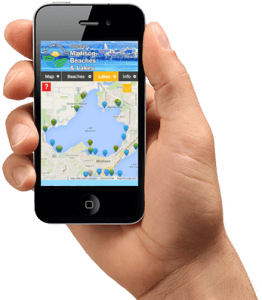Thanks to the support of donors like you, Clean Lakes Alliance is able to contribute $100,000 per year to fund phosphorus reduction practices through watershed adaptive management. Learn more about how this cooperative approach is helping our community meet its water quality goals.
Clearest water in years shown in 2016 State of the Lakes Annual Report
Luck from “Mother Nature”
MADISON, Wis. — Today at the sixth annual Save Our Lakes community breakfast, Clean Lakes Alliance released the 2016 State of the Lakes Annual Report. The report looks at phosphorus reduction efforts through the 2016 calendar year. It shows as a community, progress is being made. Phosphorus is the root cause of algae – just one pound of the nutrient is capable of producing 500 pounds of algae.
“2016 was a great year. The water was as clear as it’s been in a long time in our lakes, but we got lucky,” said Clean Lakes Alliance Executive Director James Tye. “A slow spring melt and fewer intense rain events meant phosphorus-rich runoff to our lakes was down, but it shows us if we control runoff regularly, we can impact our lake clarity.”
2016 State of Lake Mendota
Lake Mendota is the largest of the lakes in the Yahara chain. The watershed surrounding the lake is primarily agricultural, including many fourth and fifth generation dairy farms to the north, but is experiencing rapid urban growth.
Phosphorus that enters Lake Mendota from its tributaries are carried down the chain of lakes via the Yahara River and represent the largest sources of excess nutrients in the lower lakes. To improve water quality in the chain of lakes, we need to make improvements in the land surrounding Lake Mendota.
Message from Paul Soglin, Mayor of Madison
In the City of Madison, we believe that stormwater runoff and the effects associated with it directly impacts the lives of our residents and our entire community, and we work diligently to protect those resources. Often we think of stormwater as a “public works problem,” but this is not always the case.
The more we work on water quality problems, we find that drinking water, stormwater and sewer treatment are linked in real ways by our actions. While it is possible to use the traditional model, it can produce unintended consequences including increased cost.
As we talk about the lakes and water quality today, it is important that we recognize we each have a role in the creation of stormwater runoff, and each of us needs to take part in reducing the impact of our actions.
Recently, Madison Water Utility, City Engineering, and many other partners have begun to create a voluntary certification program working with road salt applicators to reduce the amount of salt applied to parking lots and roads. The goal is to apply an amount needed for safety, because chloride can impact surface waters, wells, and even the sewer treatment plant.
Solutions to this and other stormwater pollutant problems, such as the phosphorous associated with fall leaf collection, may call for some non-traditional public works solutions, including source reduction and engaging the public to help us toward those efforts. This follows a long understood idea that it is better to avoid putting something in the water than it is to try and get it out down the road.
Expect Madison to continue to lead in finding new ways to address common problems like leaf collection and salt reduction. We are all in this together.
This message was originally published in May of 2017 for the 2016 State of the Lakes Annual Report.
Message from Dane County Executive
A message from Joe Parisi, the Dane County Executive, for the 2016 State of the Lakes Annual Report:
Two years ago, I put $60,000 in the county budget to analyze the water quality and phosphorus content of miles of streams that feed into our Yahara lakes. A year of research later, the findings are stark: if we don’t remove sludge from the bottom of these streams, it will take 99 years to see a 50% reduction in phosphorus that finds its way into our lakes.
Dane County will invest $12 million over the next four years to remove 870,000 pounds of this phosphorus – Dane County’s boldest, most tangible effort yet to improving the health and vitality of waters so integral to our economy and quality of life. This breakthrough project is the cornerstone of this year’s $10 million lakes clean-up county budget.
The data says what’s been done to date has worked at reducing what nutrients go on the land, when they’re applied, and most importantly, keeping them there. County staff and farmers have implemented conservation practices on 90% of the acres in the watershed and nutrient management plans have been completed on 75% of cropland. Soil testing shows farmlands in the watershed are on average already two times better than state standards for phosphorus.
We’re making progress, but we can’t reach our goal without getting at what’s already in the water. The project will return the stream bottoms to the way they were in 1890, allowing for new fisheries and healthy habitats for wildlife.
A significant component of what hurts our lakes is already in our waters. This budget starts the work of getting it out, removing 125 years of accrued sediment. Kevin Connors and his team of engineers at our Land and Water Resources Department should be commended for crafting such a common sense solution.
This message was originally published in May of 2017 for the 2016 State of the Lakes Annual Report.
Message from the Alliance
Partners divert 13,600 pounds of phosphorus from our lakes in 2016
Message from Clean Lakes Alliance for the 2016 State of the Lakes Annual Report
Seven years ago, our community came together and formed an alliance to improve the health of our lakes. Together, we are reigniting a movement to revitalize our lakes and beaches. Driving the movement is a vision in which the lakes are the center of our community.
Today, citizens, businesses, government agencies, scientists, policymakers, and farmers are working as one to advance new and common-sense solutions. Just look at what we’ve already accomplished together.
Letter in support of RES-059 (Nutrient Concentration System)
Dear Friends of Clean Lakes,
Clean Lakes Alliance is very proud of the progress our community has made towards enacting the Yahara CLEAN Strategic Action Plan for Reducing Phosphorus. Dane County has been a leader in supporting clean water since the start. Just this past year, a $12-million, county-funded initiative to remove phosphorus-laced sediment from 33 miles of Yahara streams over five years helped further our common goal of healthy lakes.
Sponsor Feature: Foley & Lardner, LLP
A sponsor since the beginning
At Clean Lakes Alliance, our mission is to create a community that is dedicated to protecting and improving water quality in the Yahara River watershed. Partners like Foley & Lardner help us make this goal a reality. One of four sustaining founders of Clean Lakes Alliance, Foley & Lardner is an example of a local company that makes lake health a top priority.
Sponsor feature: Lands’ End
Today, we’re highlighting how Lands’ End has given back to our lakes over the years.
Waubesa Wetland Feature
Wetlands provide many services to our communities: they protect us from flooding, clean and filter water, recharge our groundwater, protect our shorelines and provide habitat for fish and wildlife. They also provide opportunities for education and outdoor recreation, an important driver for tourism in Wisconsin.
